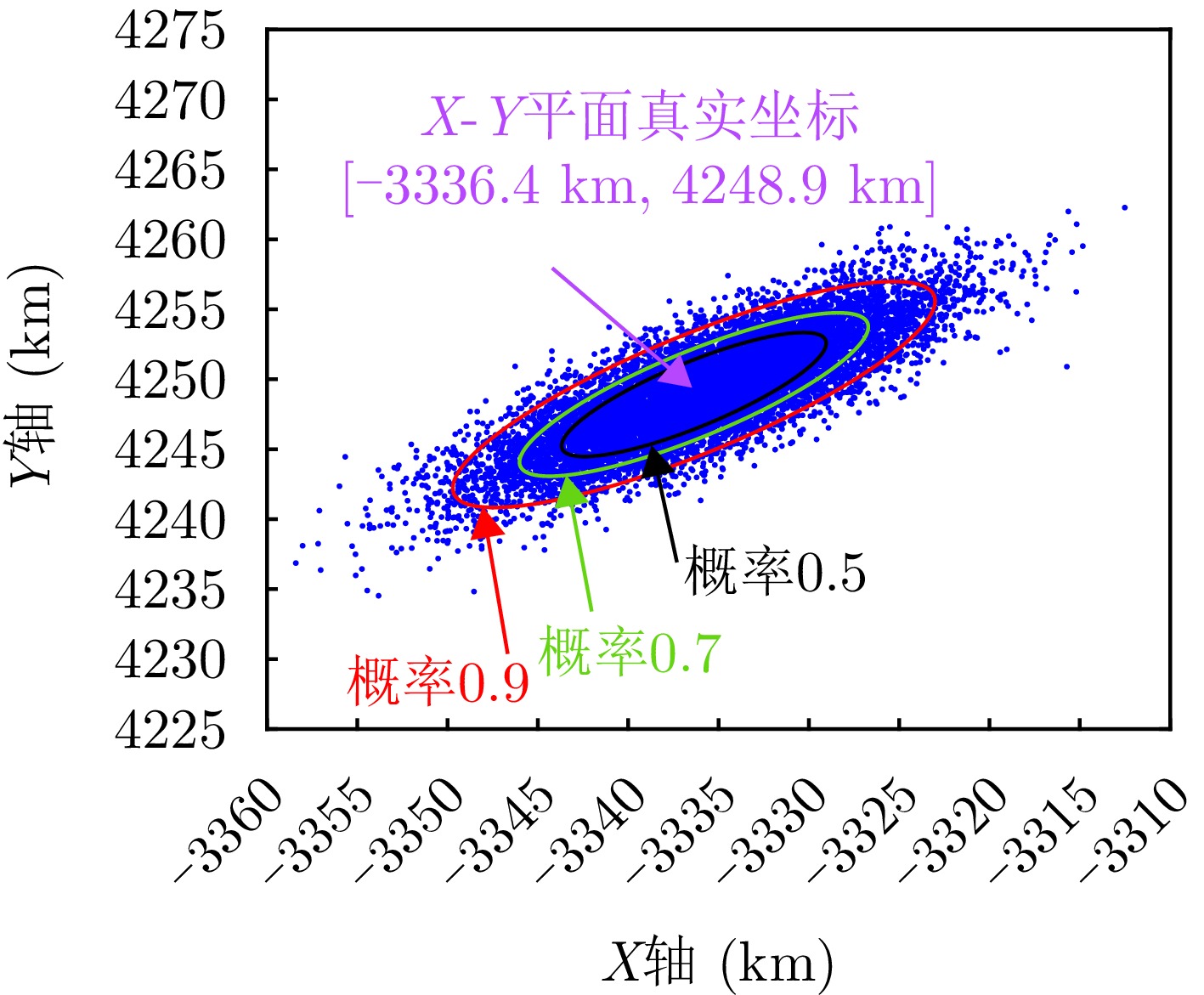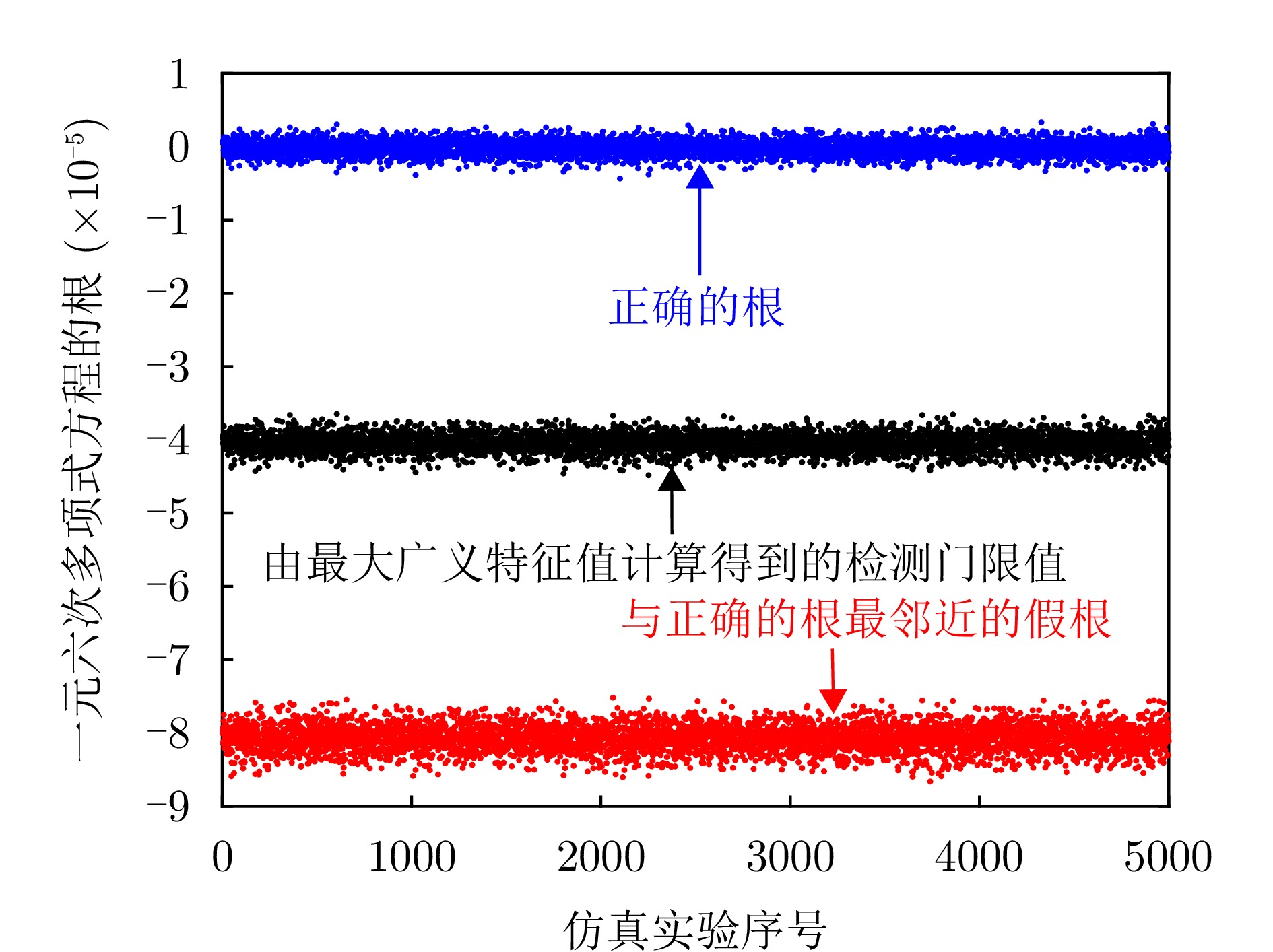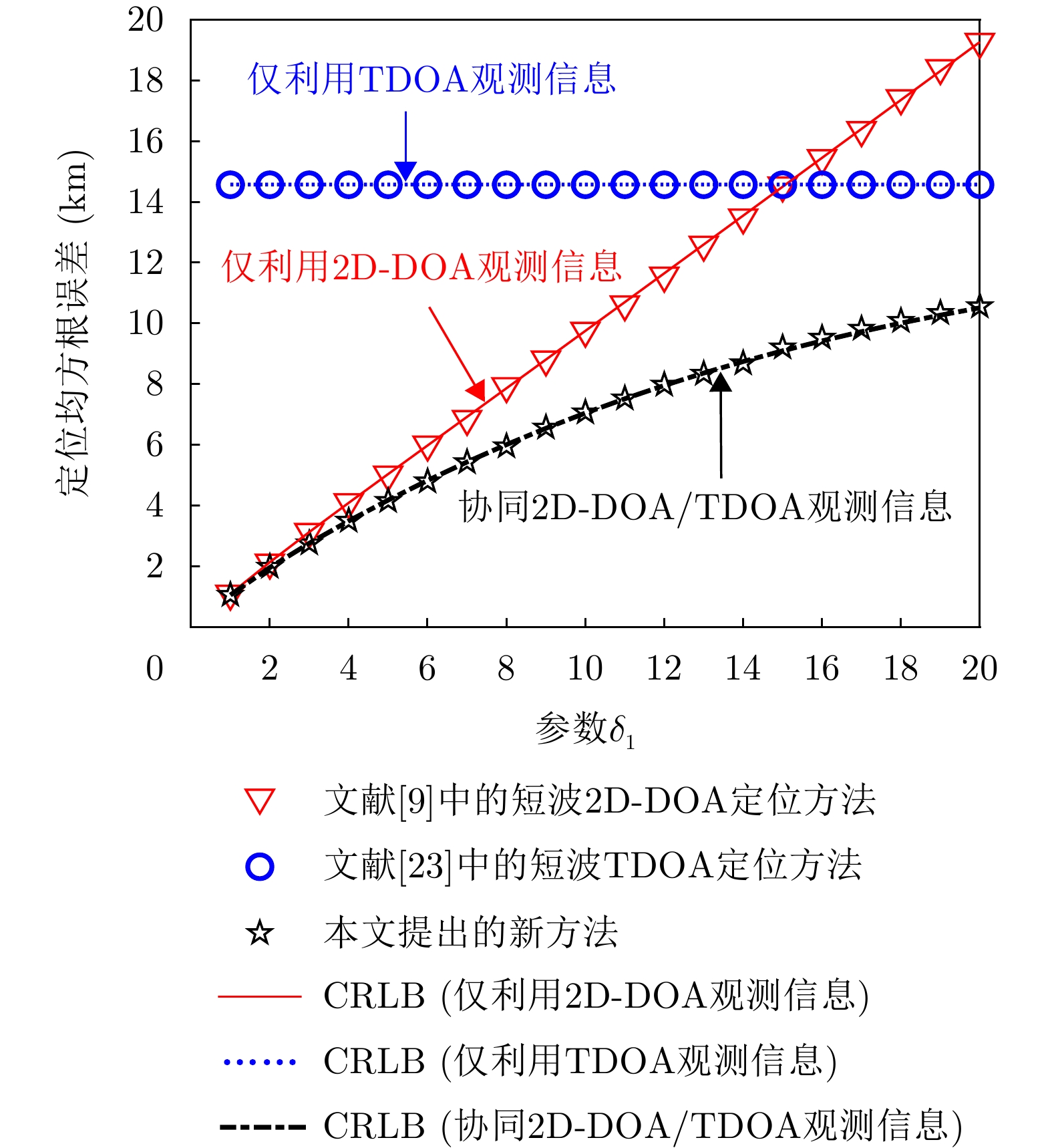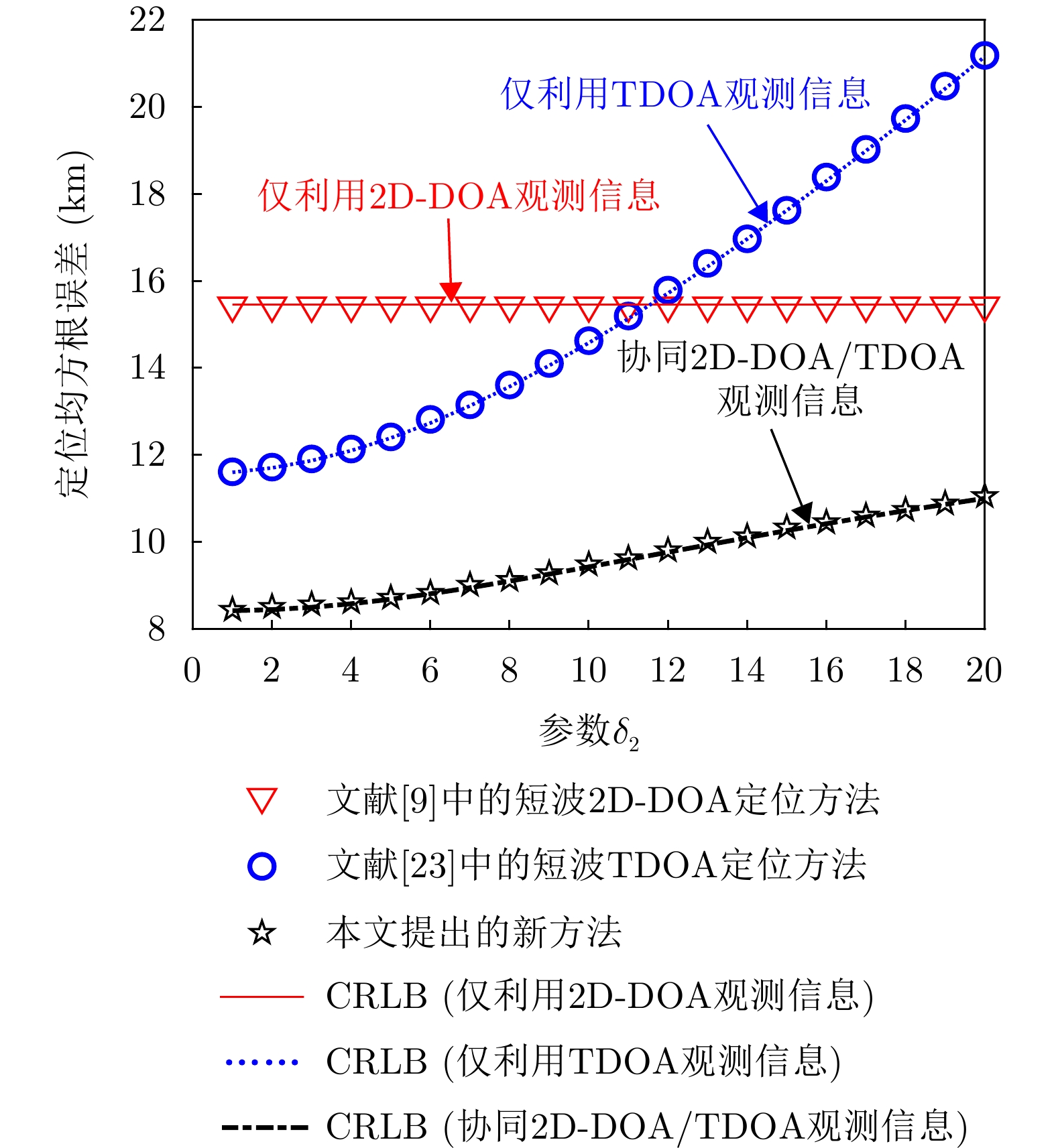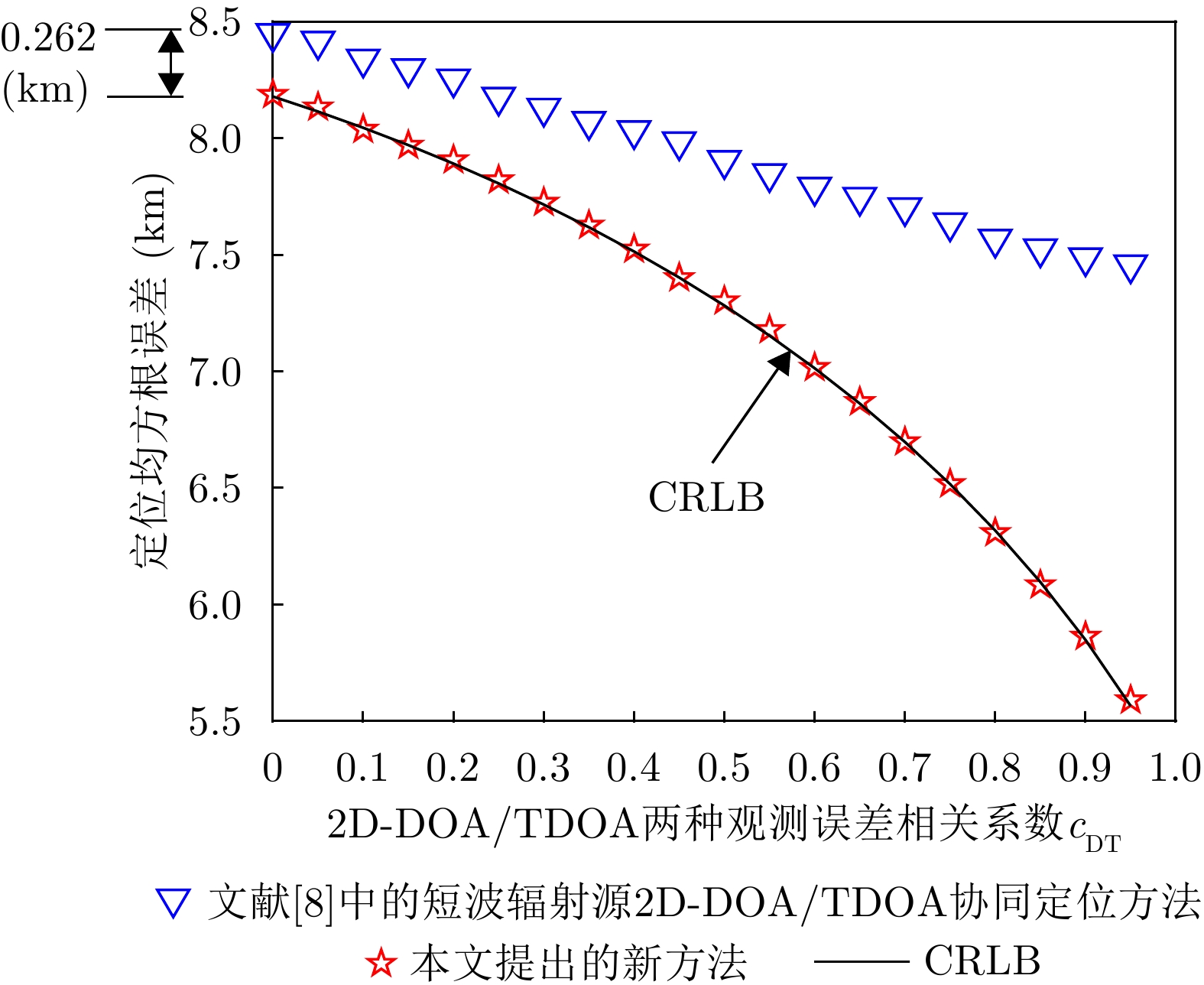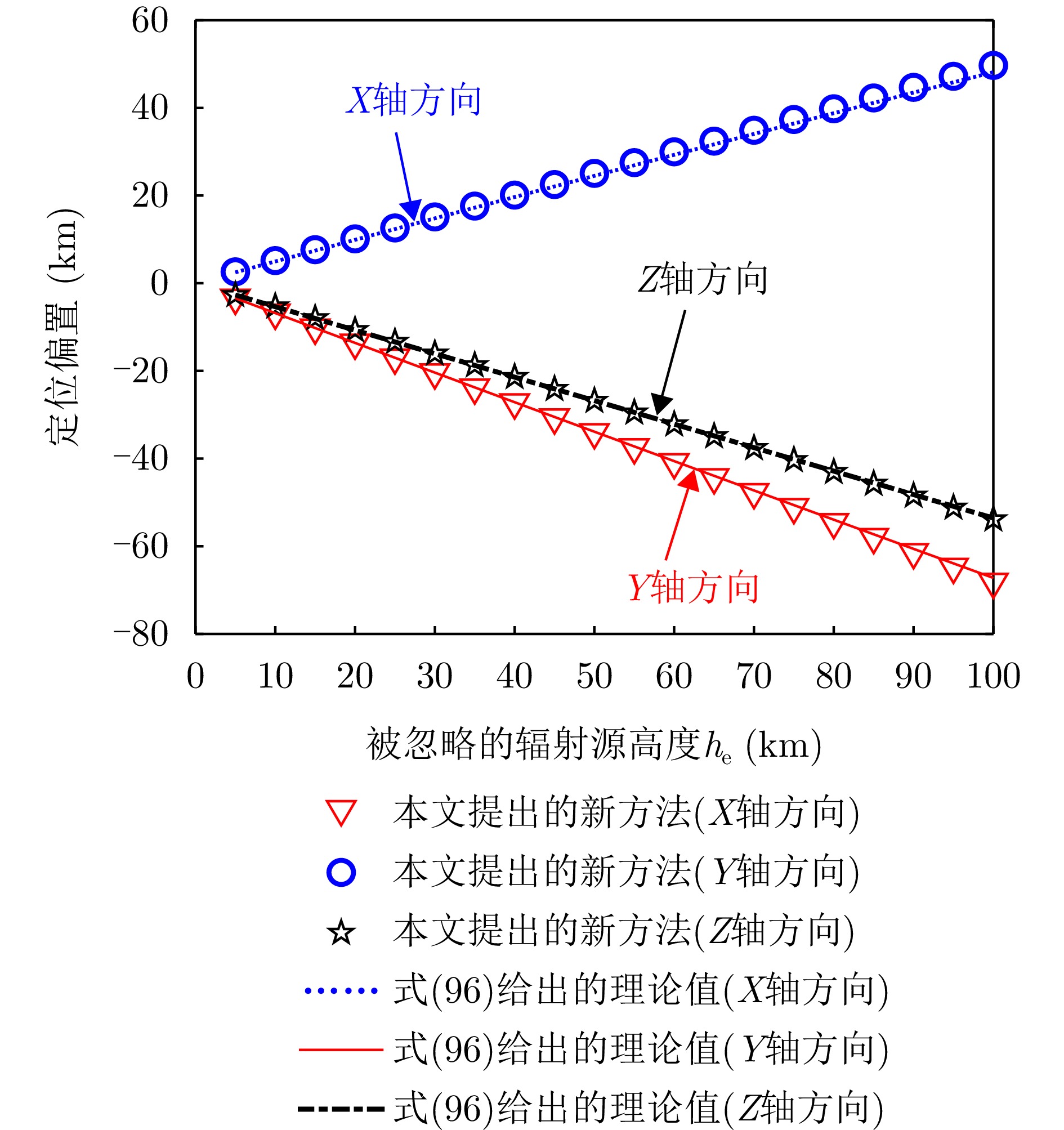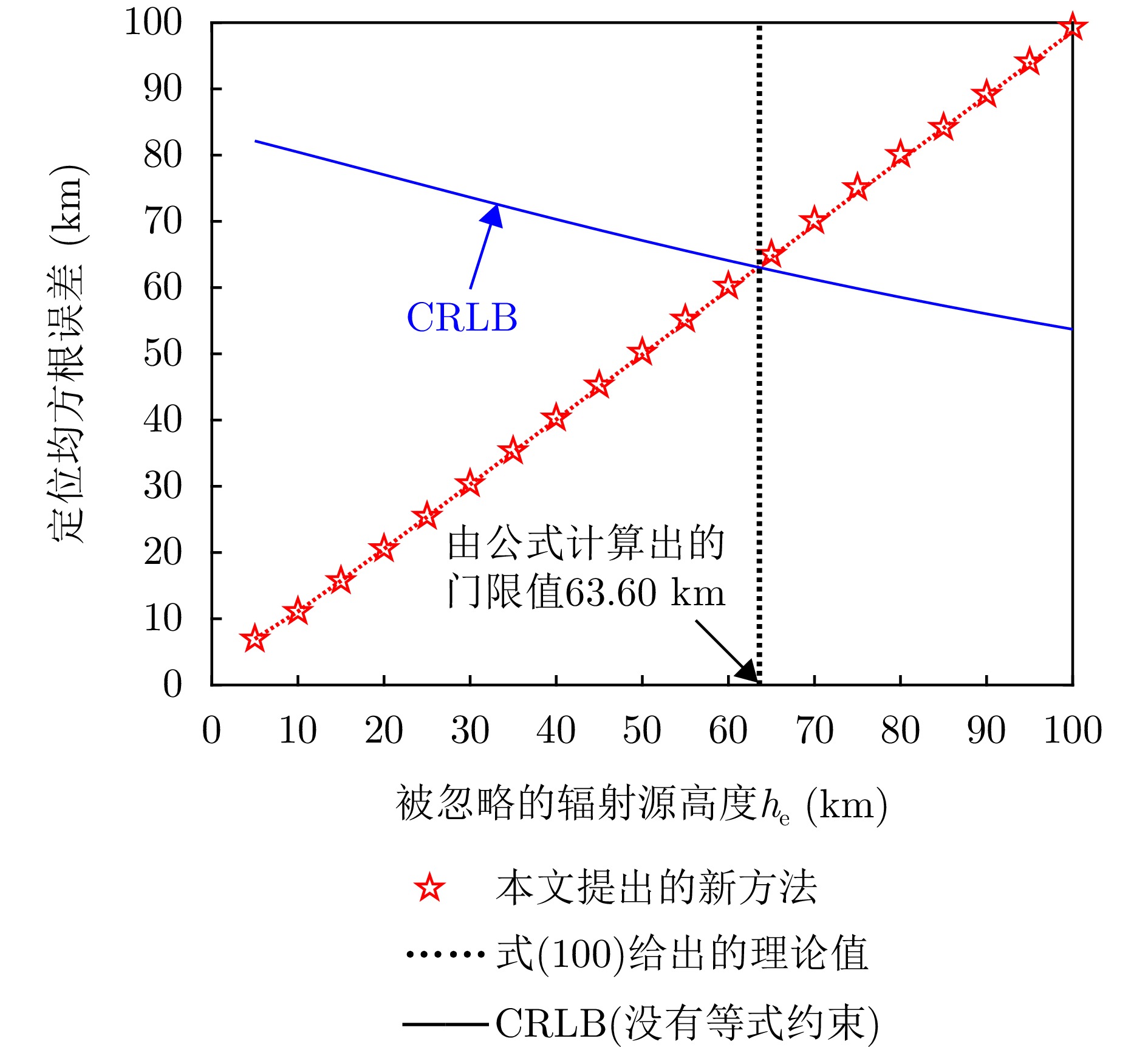| [1] |
WANG Jinlong, CHEN Jin, and XU Yuhua. On research advances and development requirements of high frequency communication technologies[J]. Journal of Army Engineering University of PLA, 2022, 1(1): 1–7. doi: 10.12018/j.issn.2097-0730.20211218001. |
| [2] |
PANG Feifei, DOĞANÇAY K, NGUYEN N H, et al. AOA pseudolinear target motion analysis in the presence of sensor location errors[J]. IEEE Transactions on Signal Processing, 2020, 68: 3385–3399. doi: 10.1109/TSP.2020.2998896. |
| [3] |
YAN Qingli, CHEN Jianfeng, ZHANG Jie, et al. Robust AOA-based source localization using outlier sparsity regularization[J]. Digital Signal Processing, 2021, 112: 103006. doi: 10.1016/j.dsp.2021.103006. |
| [4] |
SUN Yimao, HO K C, and WAN Qun. Eigenspace solution for AOA localization in modified polar representation[J]. IEEE Transactions on Signal Processing, 2020, 68: 2256–2271. doi: 10.1109/TSP.2020.2981773. |
| [5] |
CHEN Xianjing, WANG Gang, and HO K C. Semidefinite relaxation method for unified near-field and far-field localization by AOA[J]. Signal Processing, 2021, 181: 107916. doi: 10.1016/j.sigpro.2020.107916. |
| [6] |
ZOU Yanbin, WU Liehu, FAN Jingna, et al. A convergent iteration method for 3-D AOA localization[J]. IEEE Transactions on Vehicular Technology, 2023, 72(6): 8267–8271. doi: 10.1109/TVT.2023.3242054. |
| [7] |
CHEN Yonghua, YU Hua, LI Jie, et al. Three-dimensional source localization based on 1-D AOA measurements: Low-complexity and effective estimator[J]. IEEE Transactions on Instrumentation and Measurement, 2023, 72: 9510615. doi: 10.1109/TIM.2023.3298680. |
| [8] |
王鼎, 尹洁昕, 朱中梁. 针对超视距短波辐射源的测角与测时差协同定位方法[J]. 中国科学: 信息科学, 2022, 52(11): 1942–1973. doi: 10.1360/SSI-2021-0331. WANG Ding, YIN Jiexin, and ZHU Zhongliang. Novel cooperative localization method of over-the-horizon shortwave emitters based on direction-of-arrival and time-difference-of-arrival measurements[J]. Scientia Sinica Informationis, 2022, 52(11): 1942–1973. doi: 10.1360/SSI-2021-0331. |
| [9] |
JIANG Linqiang, TANG Tao, WU Zhidong, et al. An iterative method for short-wave source localization using direction of arrival measurements[C]. The 18th Chinese National Symposium on Radio Propogation, Qingdao, China, 2023: 595–600. doi: 10.26914/c.cnkihy.2023.050995. |
| [10] |
HE Chengjie. Surface target location method of sky wave over-the-horizon radar[J]. Radar Science and Technology, 2020, 18(5): 568–572, 578. doi: 10.3969/j.issn.1672-2337.2020.05.017. |
| [11] |
GUO Fucheng and HO K C. A quadratic constraint solution method for TDOA and FDOA localization[C]. 2011 IEEE International Conference on Acoustics, Speech and Signal Processing (ICASSP), Prague, Czech Republic, 2011: 2588–2591. doi: 10.1109/ICASSP.2011.5947014. |
| [12] |
LI Qian, CHEN Baixiao, and YANG Minglei. Improved two-step constrained total least-squares TDOA localization algorithm based on the alternating direction method of multipliers[J]. IEEE Sensors Journal, 2020, 20(22): 13666–13673. doi: 10.1109/JSEN.2020.3004235. |
| [13] |
WANG Ding, YIN Jiexin, GAO Lu, et al. A novel method for TDOA localization in presence of synchronization clock bias and sensor position uncertainty[J]. Acta Aeronautica et Astronautica Sinica, 2022, 43(7): 325405. doi: 10.7527/S1000-6893.2021.25405. |
| [14] |
JAIN A, PAGANI P, FLEURY R, et al. Accurate time difference of arrival estimation for HF radio broadcast signals[J]. Microwave and Optical Technology Letters, 2018, 60(6): 1406–1410. doi: 10.1002/mop.31178. |
| [15] |
WANG Ting, HONG Xueli, LIU Wen, et al. Geolocation of unknown emitters using TDOA of path rays through the ionosphere by multiple coordinated distant receivers[C]. 2018 IEEE International Conference on Acoustics, Speech and Signal Processing (ICASSP), Calgary, Canada, 2018: 3509–3513. doi: 10.1109/ICASSP.2018.8462106. |
| [16] |
HUANG Sen, PUN Y M, SO A M C, et al. A provably convergent projected gradient-type algorithm for TDOA-based geolocation under the quasi-parabolic ionosphere model[J]. IEEE Signal Processing Letters, 2020, 27: 1335–1339. doi: 10.1109/LSP.2020.3010676. |
| [17] |
XIONG Wenxin, SCHINDELHAUER C, and SO H C. Globally optimized TDOA high-frequency source localization based on quasi-parabolic ionosphere modeling and collaborative gradient projection[J]. IEEE Transactions on Aerospace and Electronic Systems, 2023, 59(1): 580–590. doi: 10.1109/TAES.2022.3185971. |
| [18] |
YANG Lijuan, GAO Huotao, LING Yun, et al. Localization method of wide-area distribution multistatic sky-wave over-the-horizon radar[J]. IEEE Geoscience and Remote Sensing Letters, 2022, 19(1): 3500305. doi: 10.1109/LGRS.2020.3018322. |
| [19] |
LI Chen, ZHOU Chen, WANG Junming, et al. Theoretical analysis of shortwave TDOA geolocation based on empirical ionospheric model[J]. Systems Engineering and Electronics, 2023, 45(7): 1911–1919. doi: 10.12305/j.issn.1001-506X.2023.07.01. |
| [20] |
JAIN A, PAGANI P, FLEURY R, et al. Efficient time domain HF geolocation using multiple distributed receivers[C]. The 11th European Conference on Antennas and Propagation (EUCAP), Paris, France, 2017: 1852–1856. doi: 10.23919/EuCAP.2017.7928069. |
| [21] |
JAIN A, PAGANI P, FLEURY R, et al. HF source geolocation using an operational TDoA receiver network: Experimental results[J]. IEEE Antennas and Wireless Propagation Letters, 2018, 17(9): 1643–1647. doi: 10.1109/LAWP.2018.2860459. |
| [22] |
XU Chen, CAI Hongtao, GAO Shunzu, et al. A method for HF skywave source geolocation in unknown ionosphere environments and experimental results[J]. IEEE Antennas and Wireless Propagation Letters, 2023, 22(5): 1059–1063. doi: 10.1109/LAWP.2022.3232399. |
| [23] |
ZHANG Tienan, MAO Xingpeng, ZHAO Chunlei, et al. A novel grid selection method for sky-wave time difference of arrival localisation[J]. IET Radar, Sonar & Navigation, 2019, 13(4): 538–549. doi: 10.1049/iet-rsn.2018.5308. |
| [24] |
ZHANG Fengrui, SUN Yimao, and WAN Qun. Calibrating the error from sensor position uncertainty in TDOA-AOA localization[J]. Signal Processing, 2020, 166: 107213. doi: 10.1016/j.sigpro.2019.07.006. |
| [25] |
KANG XU, WANG Dejiang, SHAO Yu, et al. An efficient hybrid multi-station TDOA and single-station AOA localization method[J]. IEEE Transactions on Wireless Communications, 2023, 22(8): 5657–5670. doi: 10.1109/TWC.2023.3235753. |
| [26] |
XU Zhezhen, LI Hui, YANG Kunde, et al. A robust constrained total least squares algorithm for three-dimensional target localization with hybrid TDOA-AOA measurements[J]. Circuits, Systems, and Signal Processing, 2023, 42(6): 3412–3436. doi: 10.1007/s00034-022-02270-6. |
| [27] |
CAO Yalu, LI Peng, LI Jinzhou, et al. A new iterative algorithm for geolocating a known altitude target using TDOA and FDOA measurements in the presence of satellite location uncertainty[J]. Chinese Journal of Aeronautics, 2015, 28(5): 1510–1518. doi: 10.1016/j.cja.2015.08.015. |
| [28] |
PEI Yuhao, WU Guizhou, and GUO Fucheng. Geolocation a known-altitude moving source by TDOA and FDOA measurements[J]. Electronics Letters, 2022, 58(13): 514–516. doi: 10.1049/ell2.12508. |
| [29] |
MORE J J. Generalizations of the trust region problem[J]. Optimization Methods and Software, 1993, 2(3/4): 189–209. doi: 10.1080/10556789308805542. |
| [30] |
HO K C and CHAN Y T. Geolocation of a known altitude object from TDOA and FDOA measurements[J]. IEEE Transactions on Aerospace and Electronic Systems, 1997, 33(3): 770–783. doi: 10.1109/7.599239. |




 Submit Manuscript
Submit Manuscript Peer Review
Peer Review Editor Work
Editor Work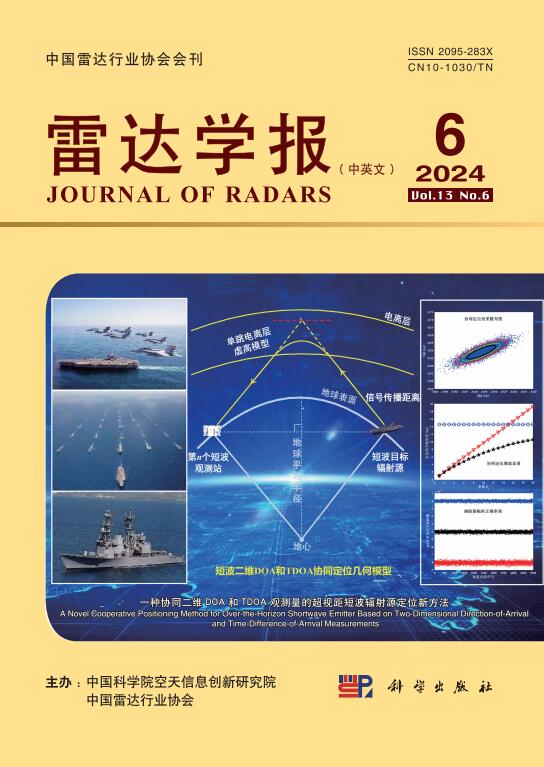





 DownLoad:
DownLoad:
